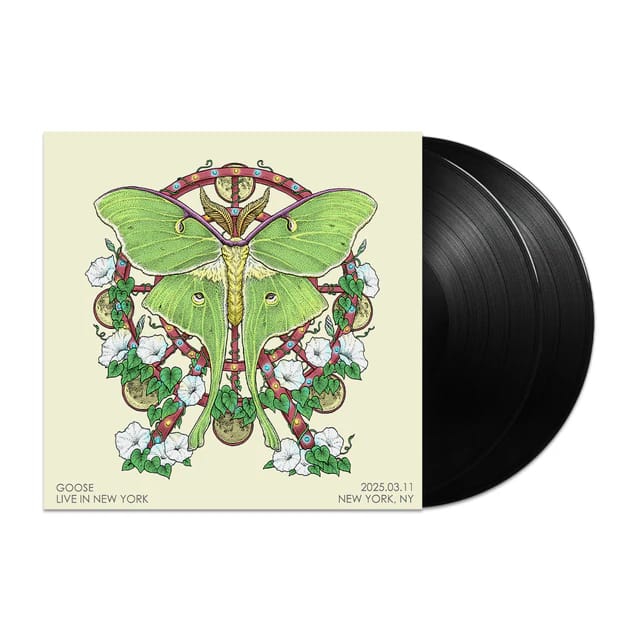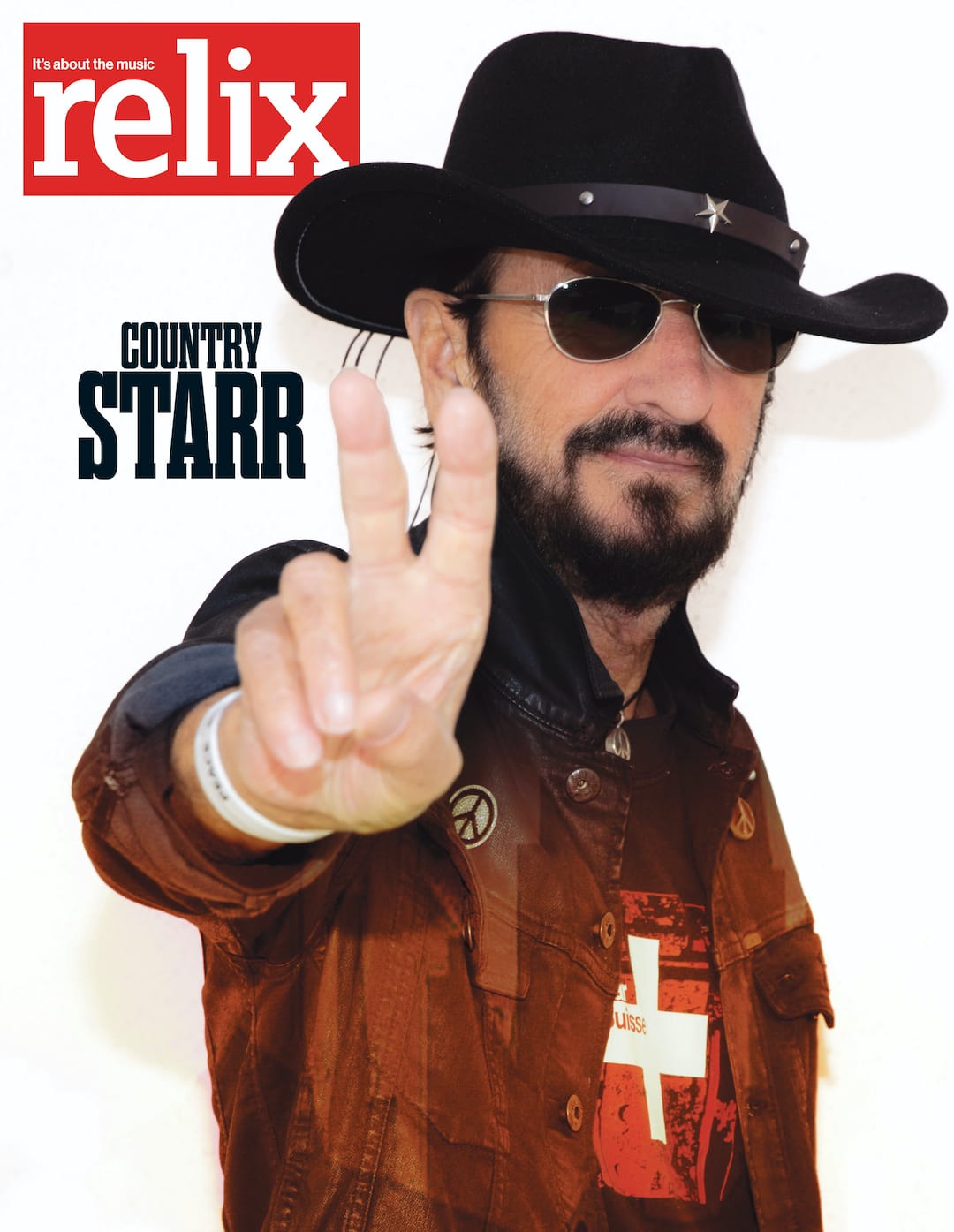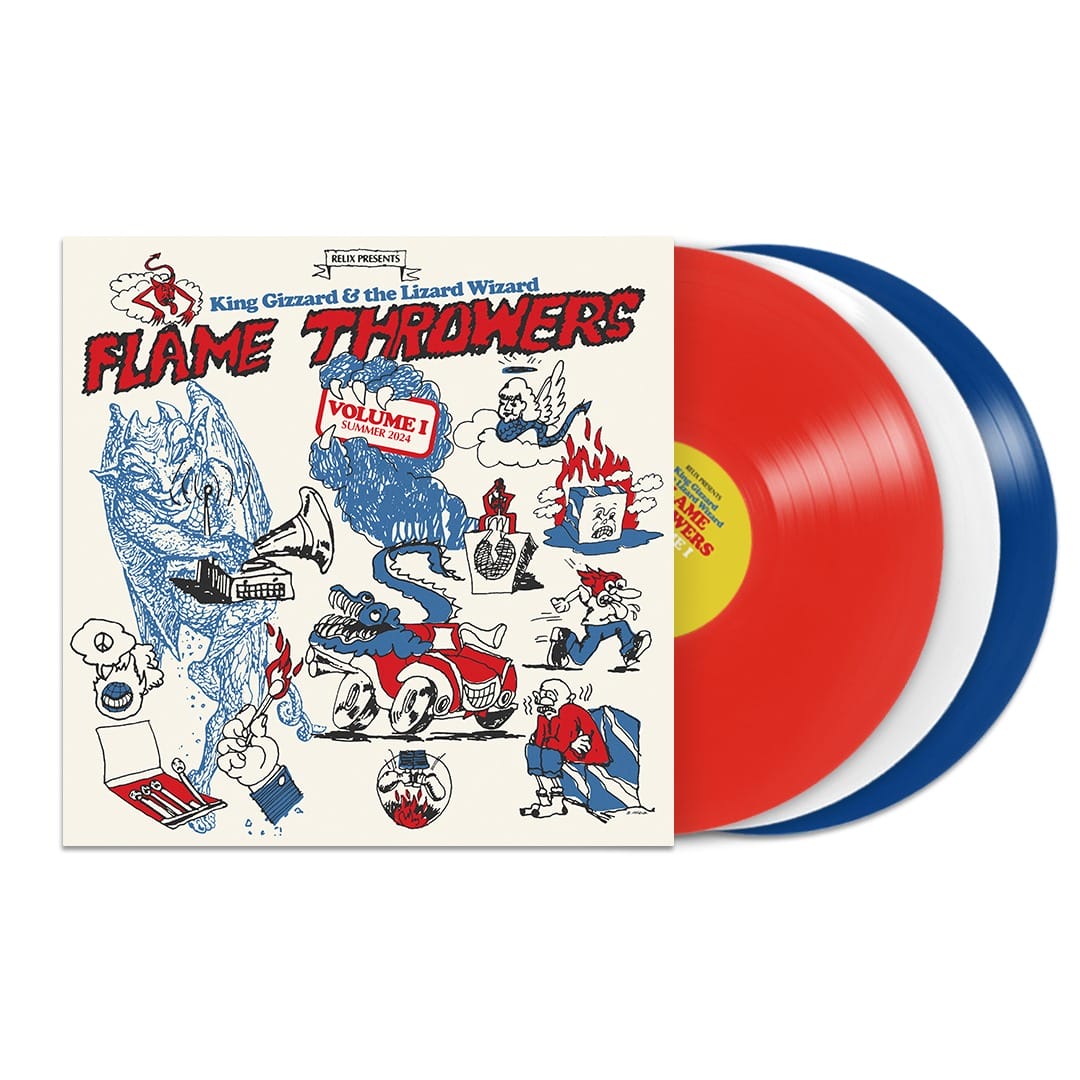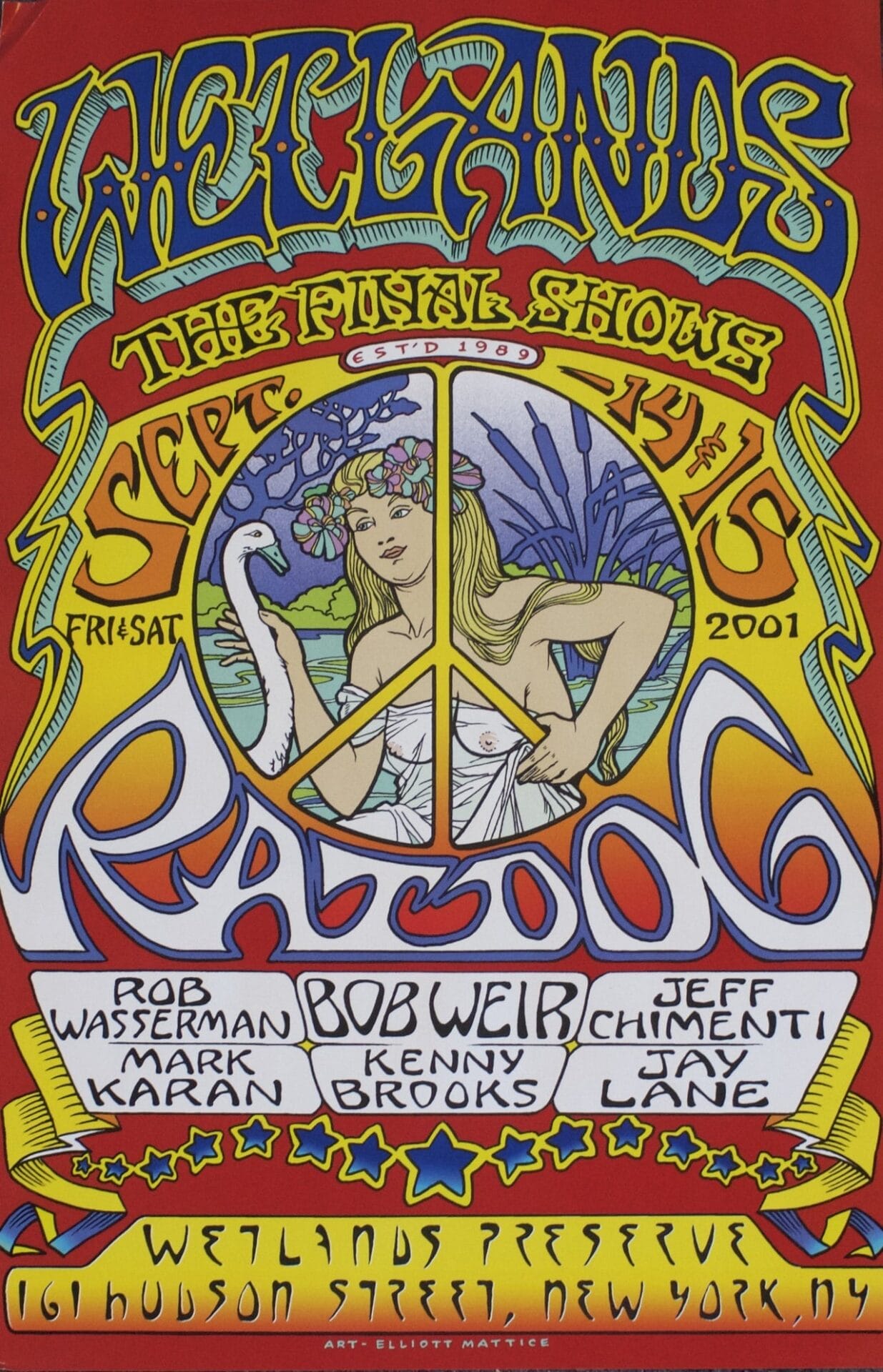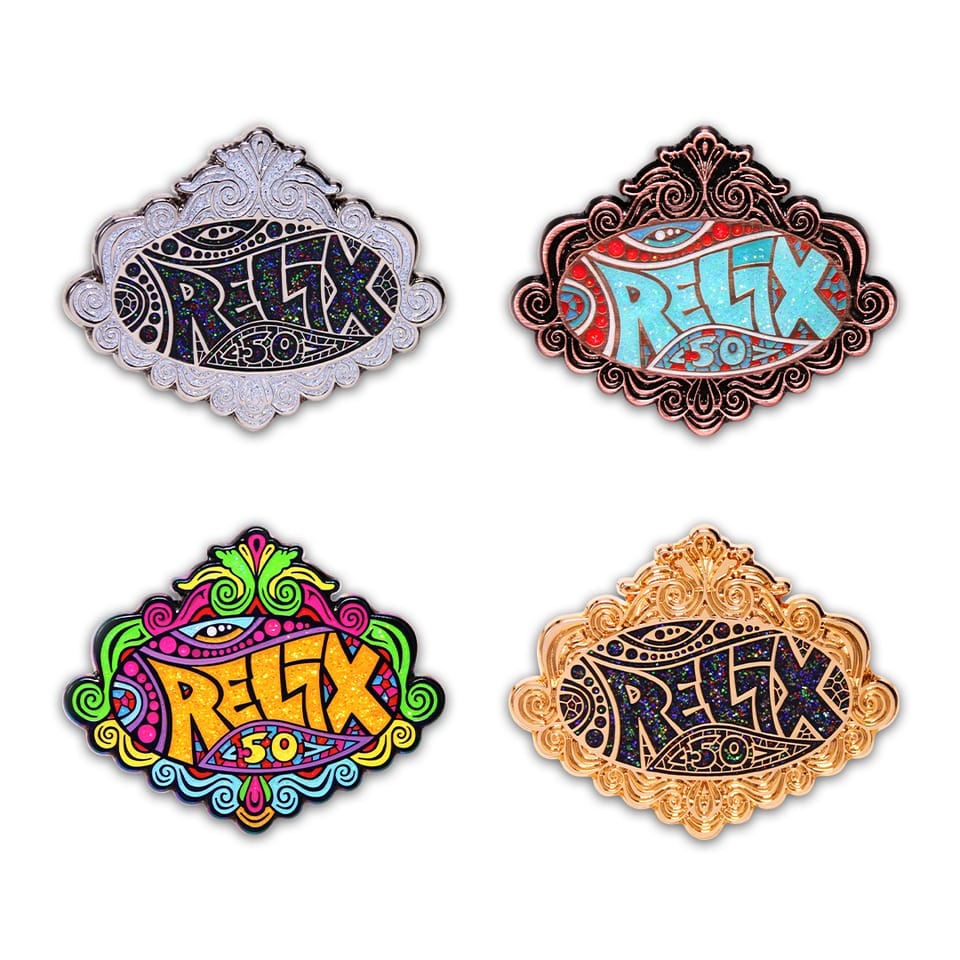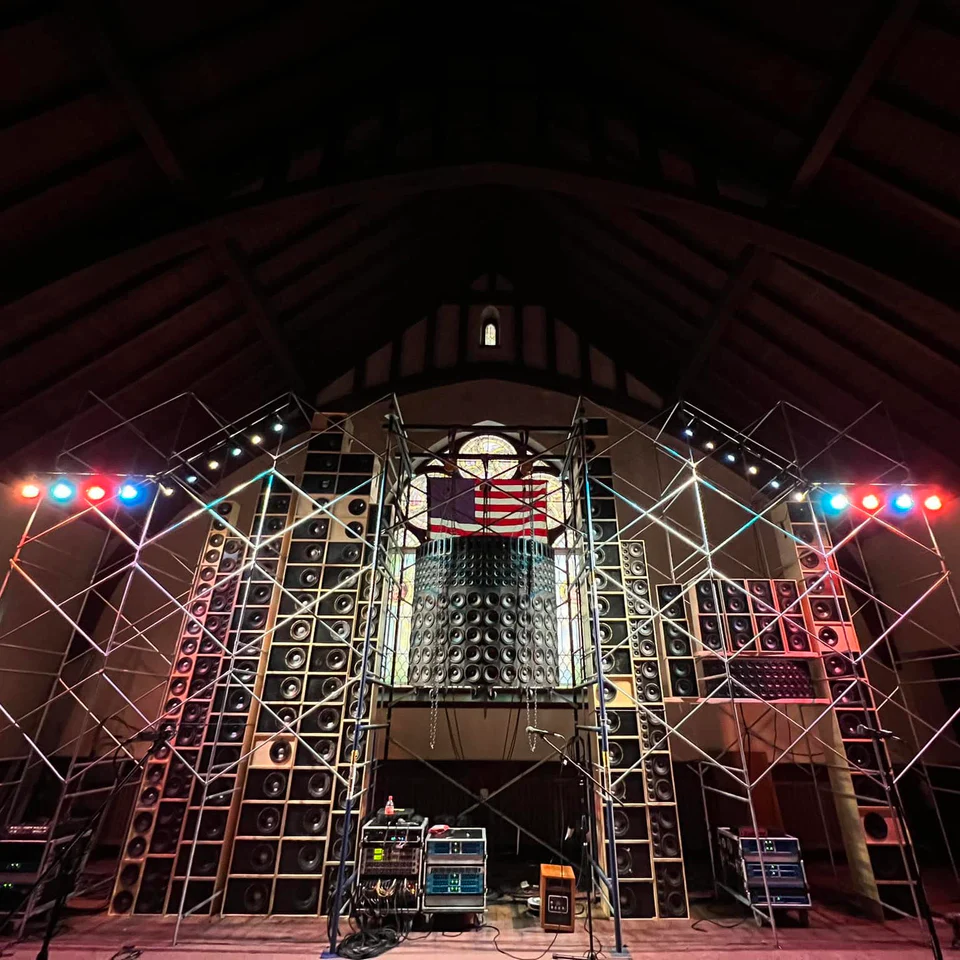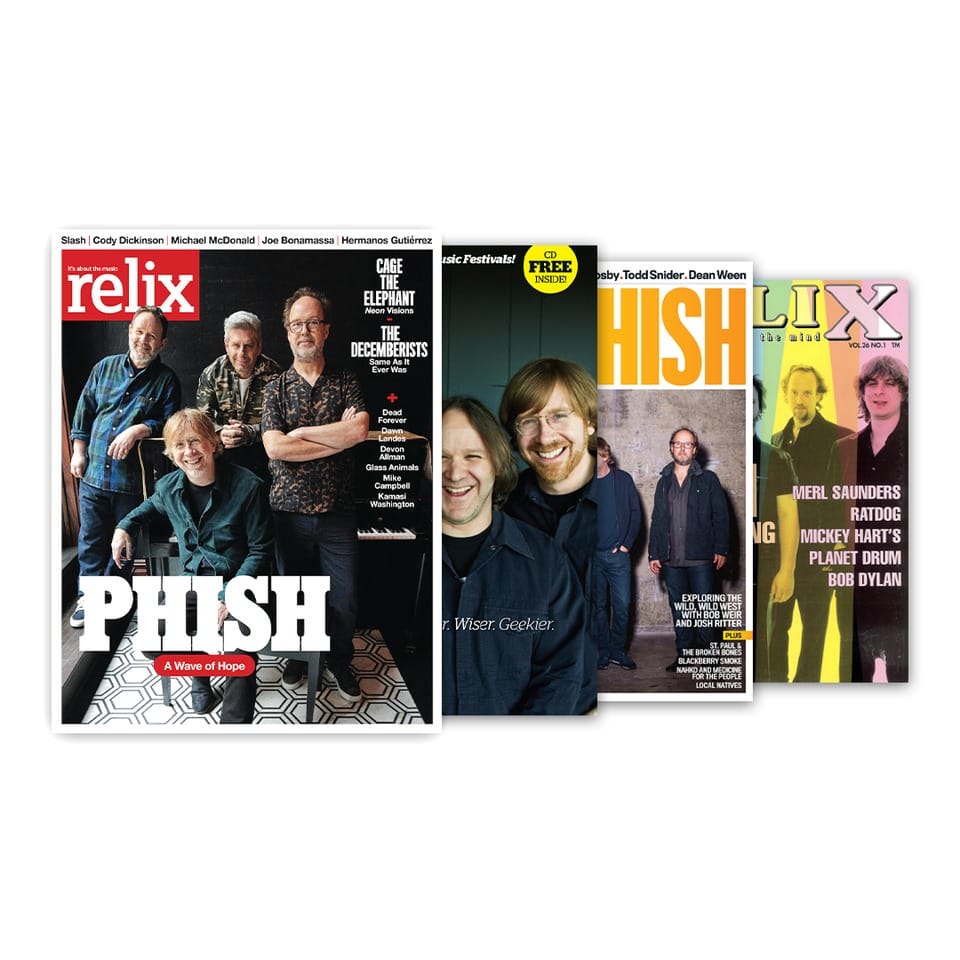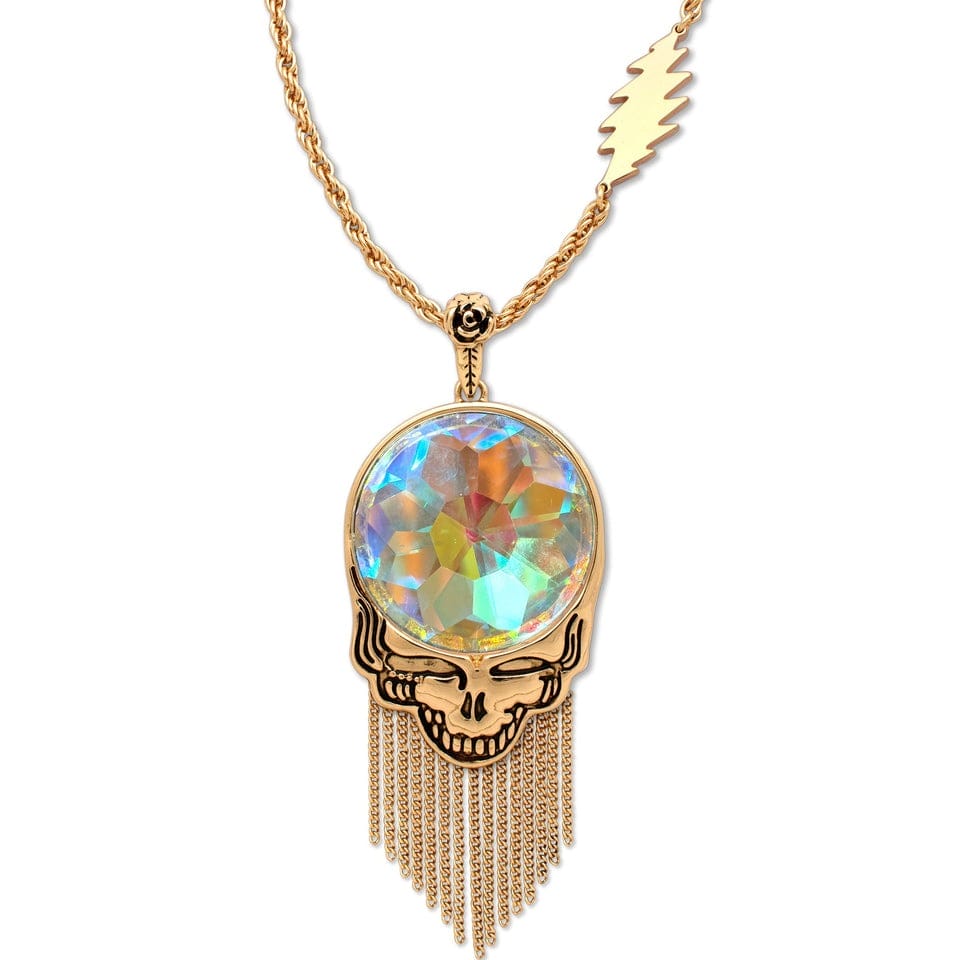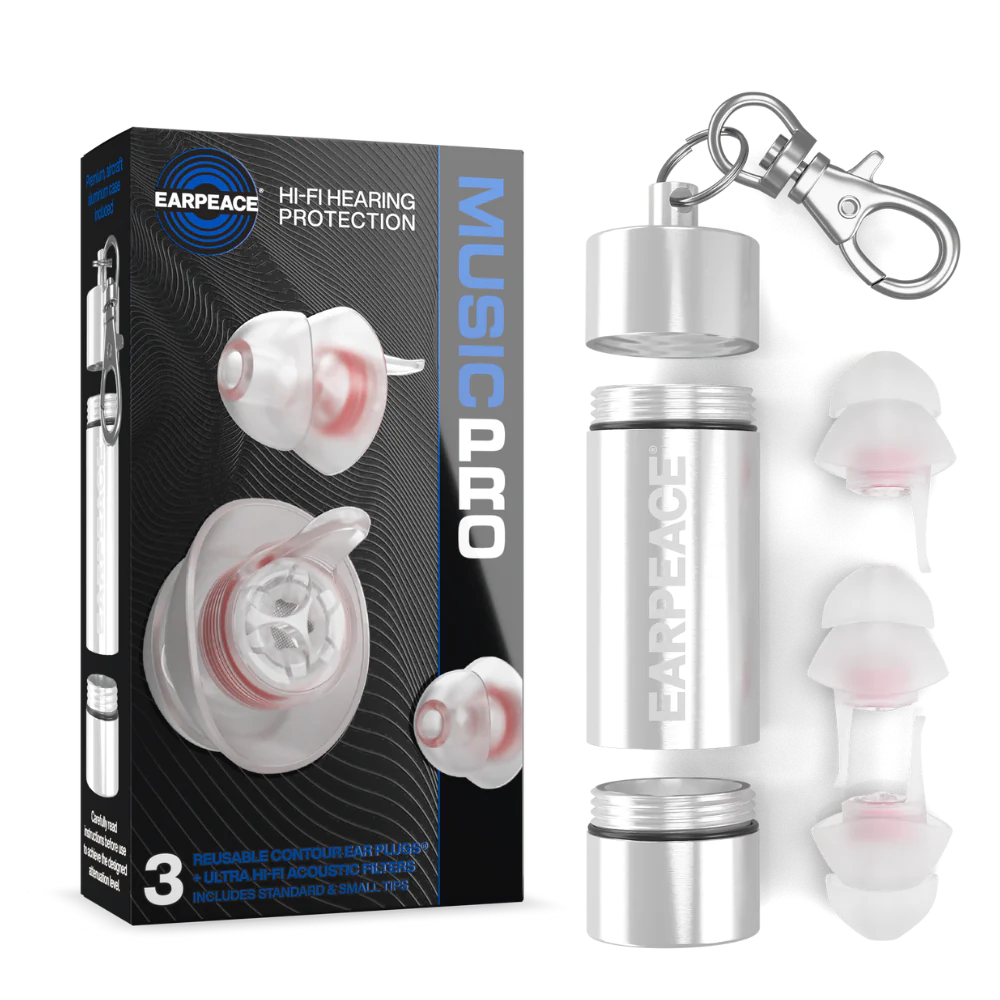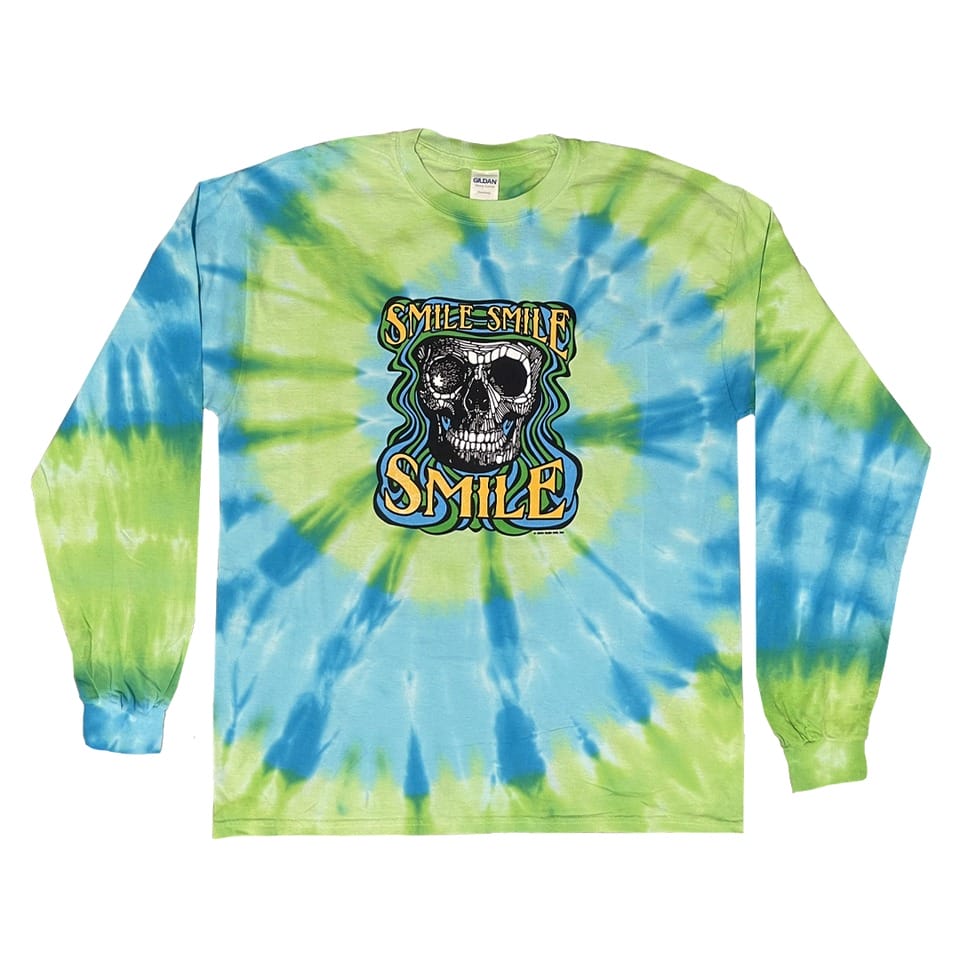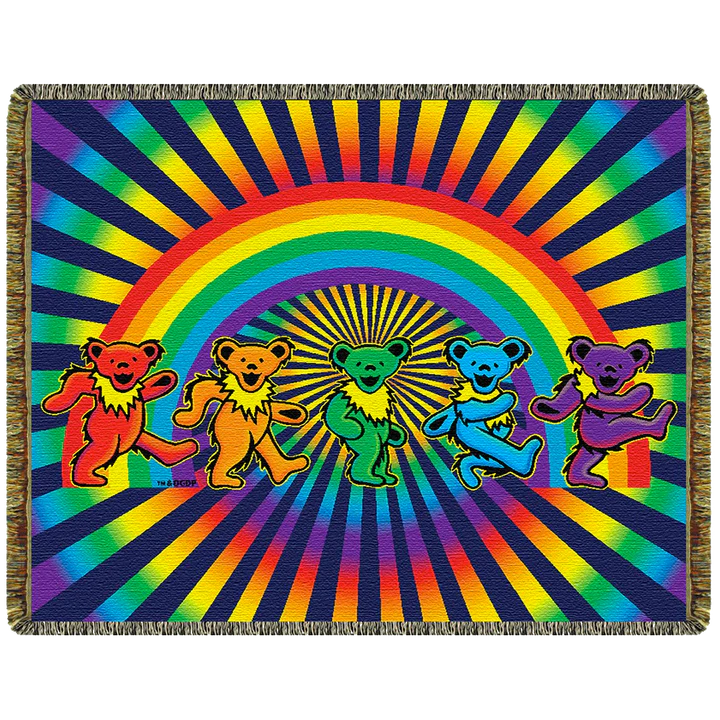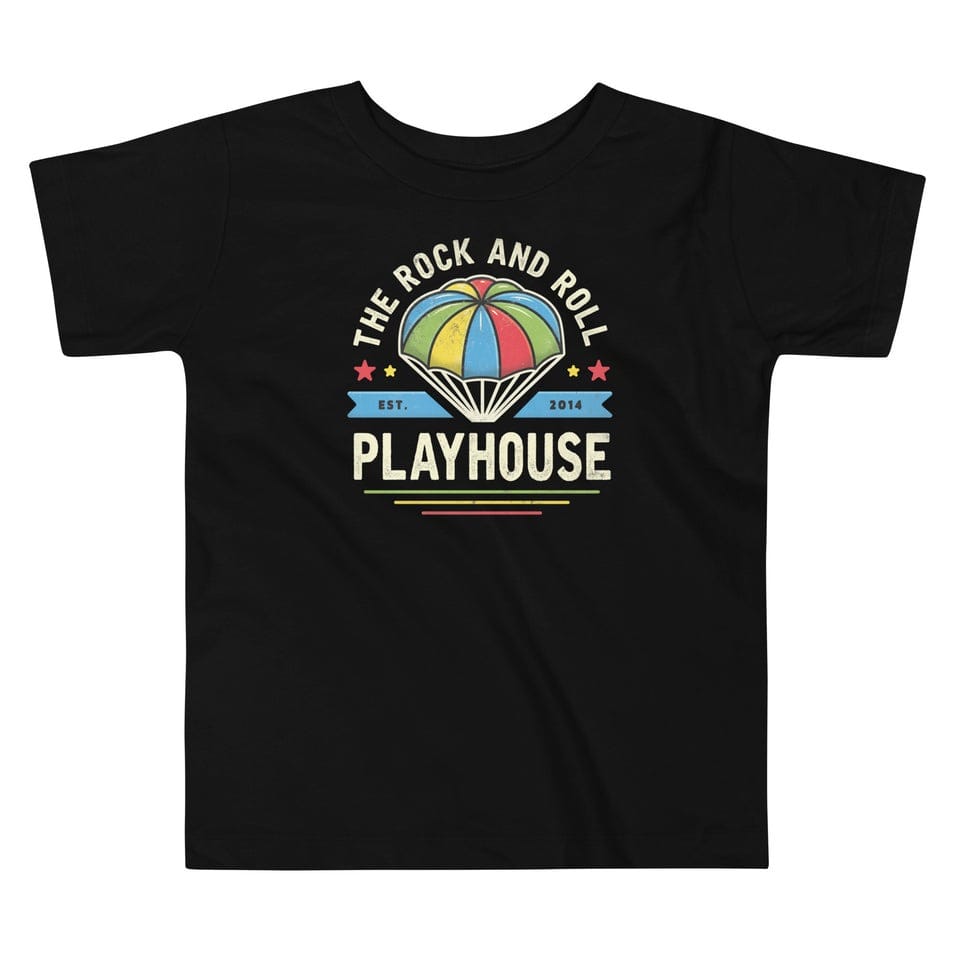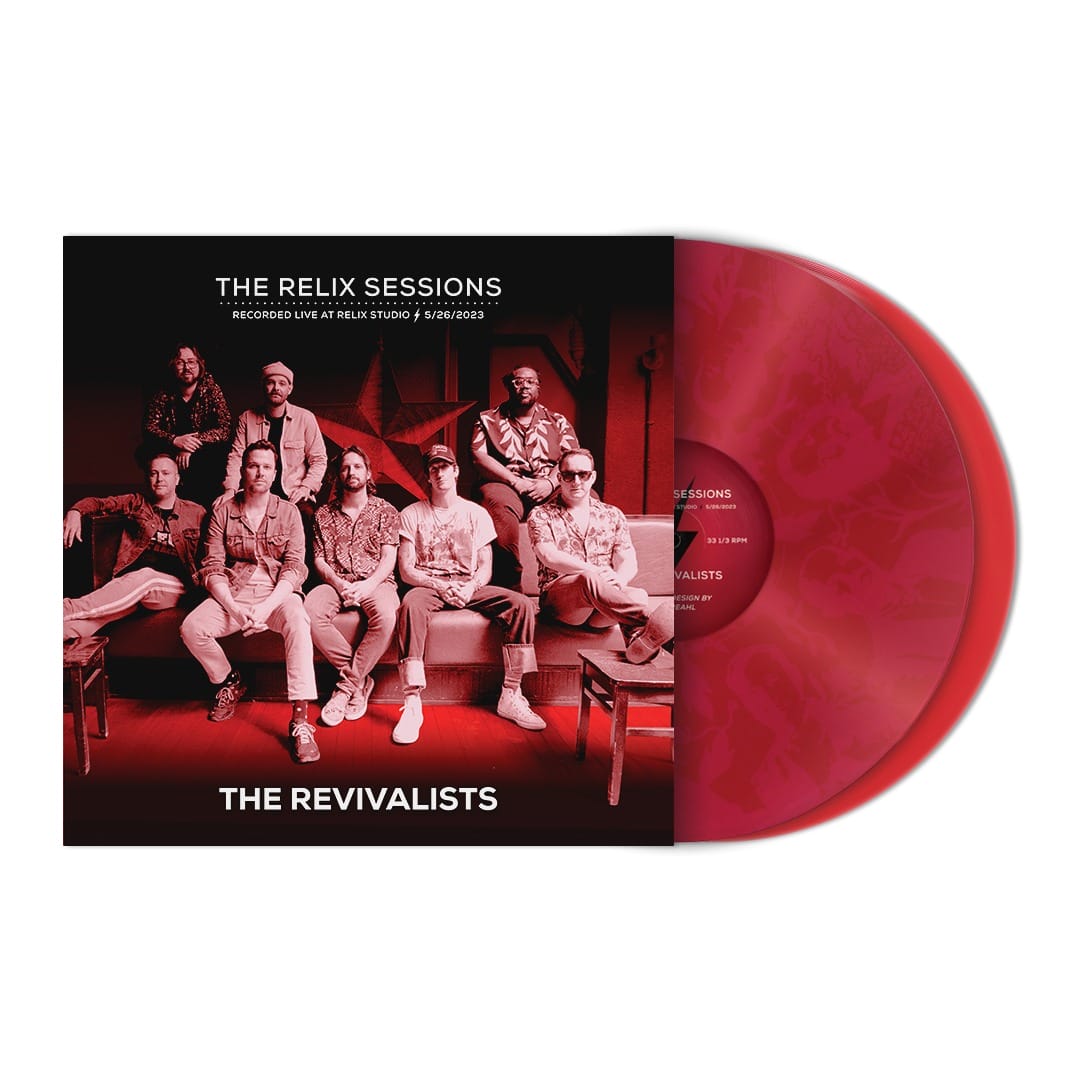The Who at Madison Square Garden

Photo by Norman Sands
The Who
Madison Square Garden
New York, NY
December 5
They didn’t play “My Generation.” That would have been silly. Half of the Who did, after all, die before they got old, and Pete Townshend and Roger Daltrey, are in their late 60s. To their credit, they seem well aware that their legacy remains fragile, one that could easily be broken should they make the mistake of over-exploiting it.
So there was more than mild curiosity among longtime Who fans (and resentment among others) when the pair – who some have derisively taken to dubbing The TWho (or the Townshend-Daltrey Band) – announced that they would reprise their 1973 double-album opus Quadrophenia on tour in 2012. One of Townshend’s more ambitious creations – his second rock opera, following 1969’s Tommy – Quadrophenia was his most personal work. It served as both a revisit to the mid-‘60s days when Britain’s youth split into hostile factions – the fashionable, forward-thinking, pill-popping Mods and the ’50s-loving, throwback, pompadoured Rockers – and, by default, the Who themselves, who aligned with the former group in spirit, if not necessarily in practice.
Quadrophenia had been the Who’s most successful album to that time, reaching number 2 on the Billboard chart and later spawning a highly regarded film of the same name. In 1996, after the death of drummer Keith Moon, prior to the demise of bassist John Entwistle, the Who revived Quadro with a large-cast tour in the U.K. and the U.S., and they’ve returned to it several times since, though not on this scale. Townshend considers it his crowning achievement, and although it was risky to pin an entire Who tour on the album – a half-dozen encore songs the only departure – Townshend and Daltrey (who was largely responsible for the details of the production) must have harbored a burning desire to get this out of their system one last time.
There were questions prior to the tour regarding the feasibility of pulling it off. Townshend, it is well known, has suffered major hearing loss in his later years, and he would need to be in full electric mode for much of the show. Daltrey’s voice, some had said, had gone ragged – age is not often kind to rock. But there was no doubt, once they took the stage at Madison Square Garden, well into the tour, that this was going to work – and work beyond even the most optimistic expectations.
As they did in ‘96, Townshend and Daltrey brought in Townshend’s younger brother Simon on second guitar and Zak Starkey, son of Ringo, on drums. The latter choice is especially inspired: Starkey is a monster, very much a Moon-like player who not only fills the spaces as needed but drives the frontmen hard. While he’s not a showman like Moon – there could be only one – he’s the ideal man for the job. A bevy of keyboards and horns filled out the sound. Bassist Pino Palladino, who came in after Entwistle’s death, returned as well.
Quadrophenia was performed in sequence with brief breaks between songs, playing to a backdrop of visual images that both spelled out the story line and reached beyond it, reeling off moments both from the Who’s past and the ‘60s era in general. Townshend’s guitar playing was stupendous, electrifying and exhilarating (and yes, he still does the windmills), and Daltrey’s voice, while somewhat huskier than in his youth, was elastic and muscular. Together they remain one of rock’s great teams.
Were there signs of age? Of course. It’s hard to look at these senior citizens and reconcile that view with what we’ve ingrained in our brains from Monterey Pop and Woodstock. Daltrey at one point took a tumble onstage, and although he did his best to make it look deliberate by writhing on the stage for a minute, it was obvious he’d simply tripped. Townshend’s voice, while never as heroically grand as Daltrey’s, is now a gruff rumble, albeit one that still bears all the heart and love and pain of the past.
But no one was faulting them; there was a tacit understanding in the room that all in attendance and onstage had weathered some times together. When the video screen showed a vintage, miraculous Entwistle bass solo (which Starkey drummed along to in perfect sync) he received thunderous applause. And when Moon’s face and voice took over for “Bellboy,” which had been his showcase spot in the original, Daltrey turned around and gazed up at the screen – undoubtedly something he’s done every night of the tour, but a loving gesture nonetheless.
Quadrophenia probably went on a tad too long – its 17 songs aren’t all gems. But there were enough that were to keep the program from flagging. By the time they got to “5:15” about an hour in, unleashing some of the most thrilling Townshend guitar moments of the night and Daltrey summoning his full vocal powers – the “out of my brain on the train” section was wicked – they’d long allayed any fears that they no longer could make this happen respectably. And when Daltrey bellowed “Love, Reign O’er Me” to close out the main set, not quite hitting the highest notes but giving it all he had, they’d proven they’d earned the right to keep the name the Who alive.
They didn’t bother leaving the stage for the encores. Following band introductions and a rambling spiel from Townshend, it was hits time, and in succession came “Who Are You,” “Behind Blue Eyes,” “Pinball Wizard” and the one-two punch of “Baba O’Riley” and “Won’t Get Fooled Again.” “Tea & Theatre,” the track that closes the latter-day Who album Endless Wire and brings it down to the Daltrey-Townshend core, may have seemed like an odd choice to go out on but perhaps it was meant as a fitting coda – there will come a time, sooner than later, when the Who name will need to be retired, along with the survivors who own it, but if this is it, it was a more than acceptable finish to a dazzling story.


